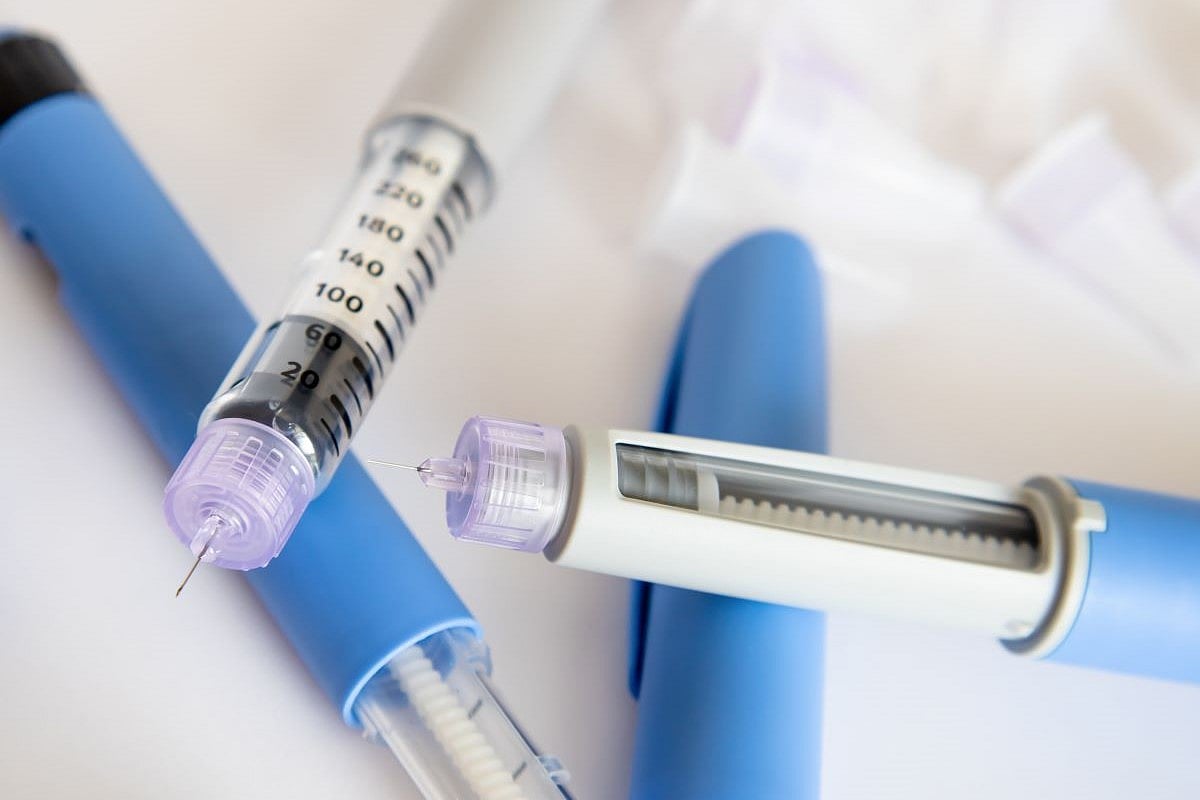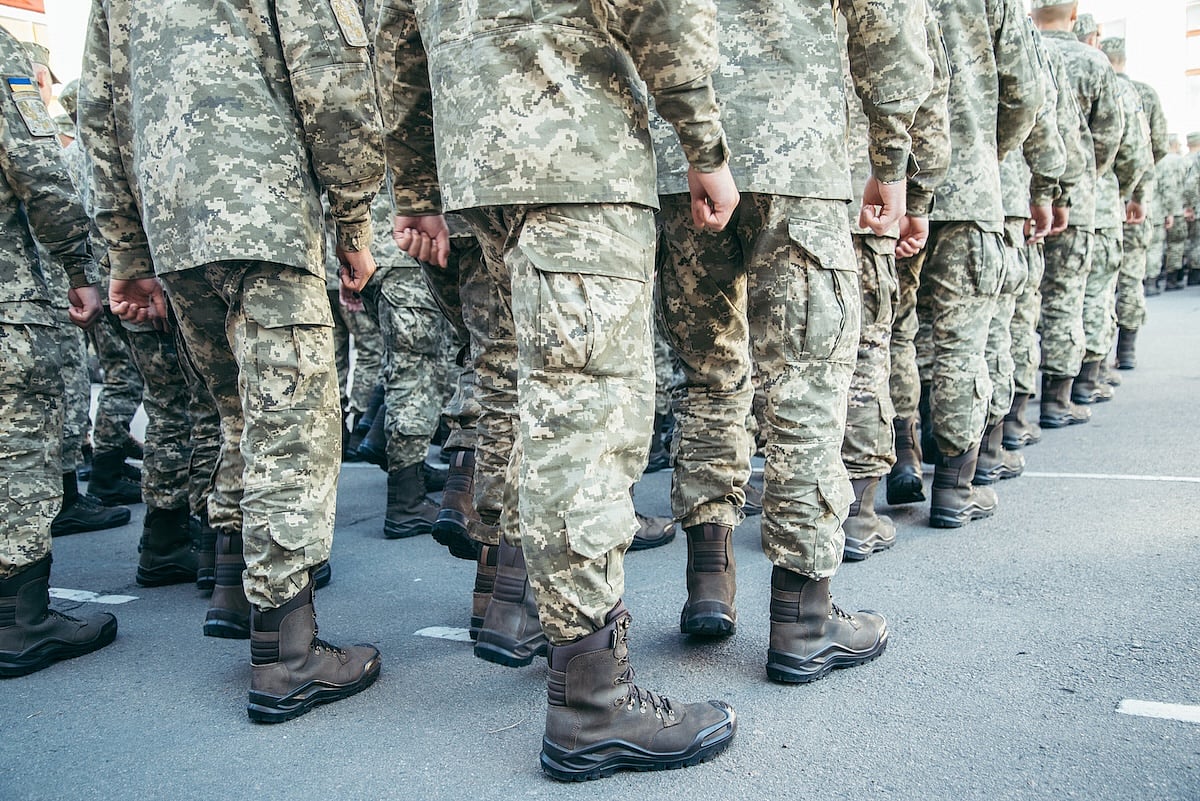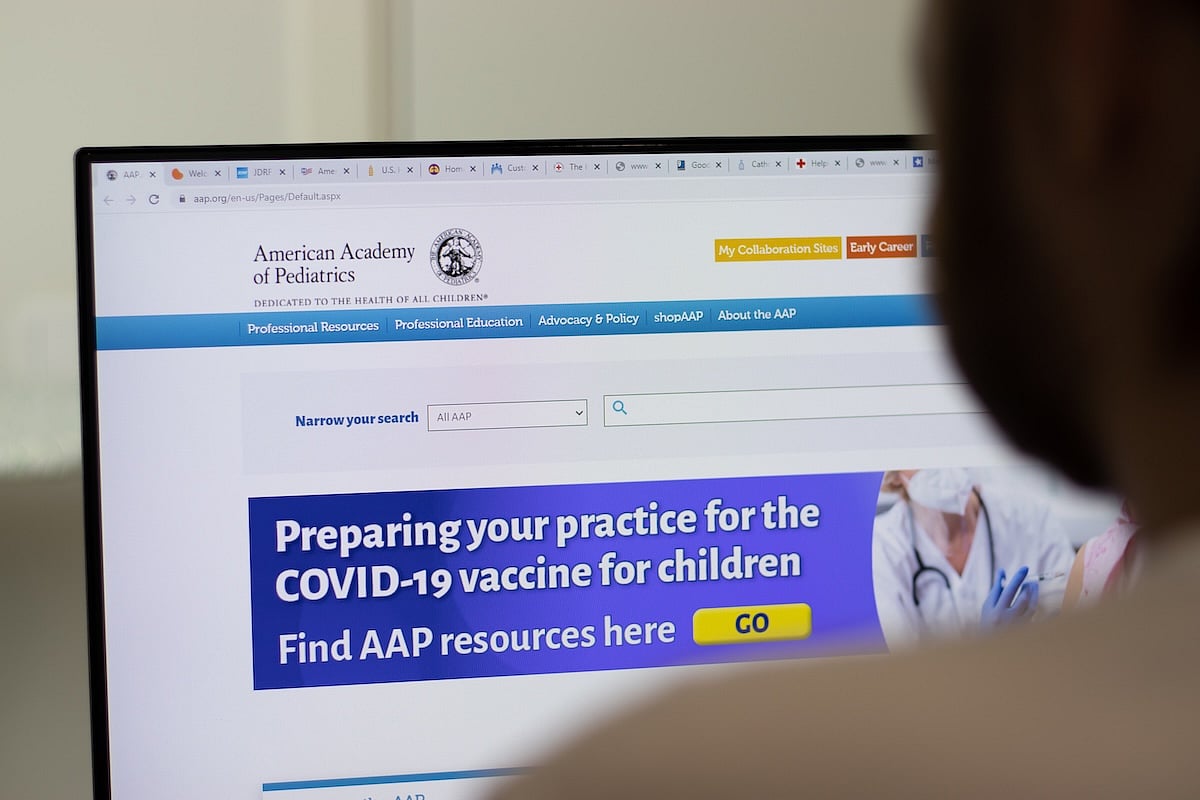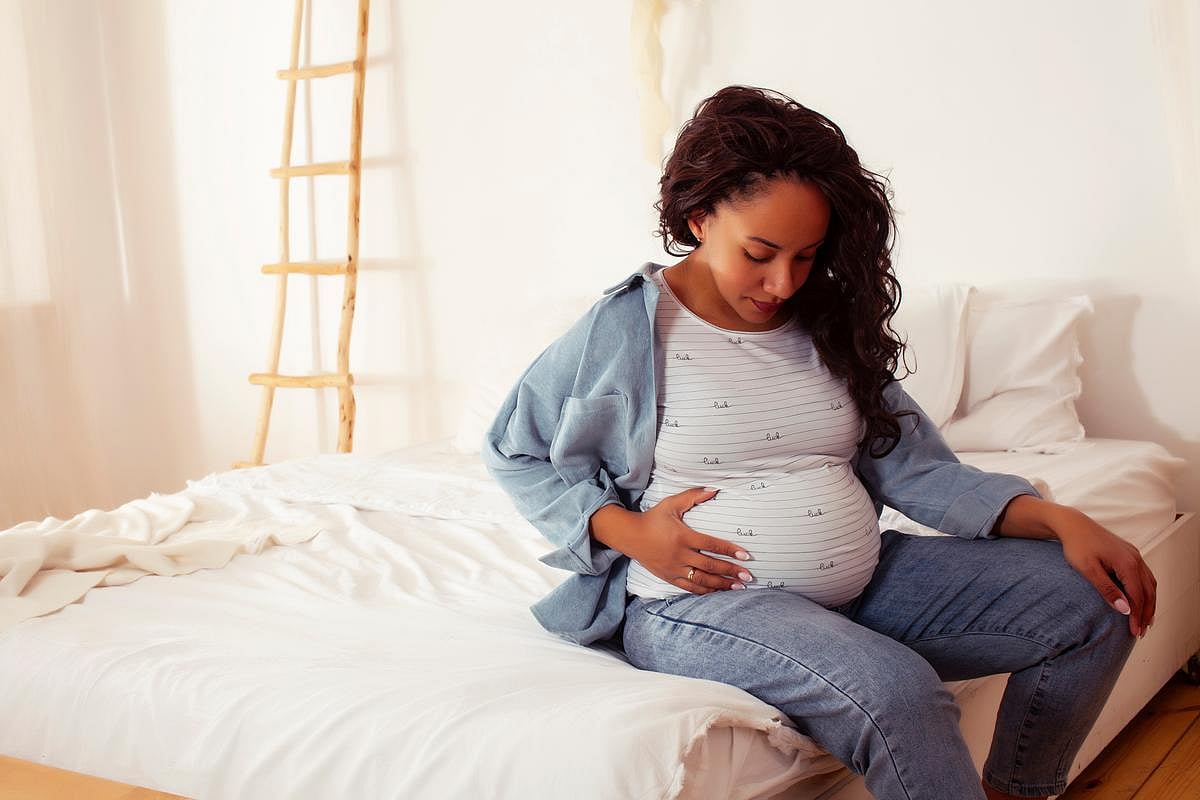Get Healthy!
Staying informed is also a great way to stay healthy. Keep up-to-date with all the latest health news here.
15 Jan
Is No Social Media as Risky as Too Much for Teens?
A new study finds both heavy use and zero use of social media can negatively impact teen well-being.
14 Jan
Study: Chronic Illness Raises Risk of Botox Side Effects
UK researchers report higher complication rates from cosmetic Botox injections among patients with chronic conditions like type 1 diabetes and thyroid disease.
13 Jan
Having This Many Children May Lead to Faster Biological Aging
New research finds family size and pregnancy timing may impact how well a woman ages and how long she lives.
Nerve Stimulation Halts Depression In More Than 20% Of Patients, Clinical Trial Reports
Treatment-resistant depression might be eased using an implant that sends electrical pulses to one of the body’s major nerve clusters, a new study says.
The implant, placed under the skin in the chest, sends carefully calibrated electrical pulses to the left vagus nerve — a major conduit between the brain and internal organs.
- Dennis Thompson HealthDay Reporter
- |
- January 16, 2026
- |
- Full Page
Medical Students Not Being Adequately Trained To Confront Death, Review Finds
Doctors encounter death more than people in nearly all other lines of work.
That’s the price they pay for a career spent saving lives and helping people.
But modern medical education leaves doctors little-prepared for this inevitable challenge, a new evidence review says.
There’s minimal evidence-based education ava...
- Dennis Thompson HealthDay Reporter
- |
- January 16, 2026
- |
- Full Page
Measles Outbreaks Grow in South Carolina and Southwest, Officials Warn
Health officials are struggling to contain two growing measles outbreaks in the U.S., as new cases continue to climb weeks after holiday travel and gatherings helped the virus spread.
In South Carolina, officials confirmed 124 new measles cases since Friday, pushing the state’s total to 434 cases as of Tuesday.
The outbre...
- I. Edwards HealthDay Reporter
- |
- January 15, 2026
- |
- Full Page
Small Daily Habit Changes Could Add Years to Your Life, Study Finds
You don’t need a new diet plan or a gym membership to improve your health in 2026.
New research suggests that very small daily changes like sleeping a few extra minutes, moving a little more and eating slightly better may help people live longer and stay healthier as they age.
University of Sydney researchers studied more...
- I. Edwards HealthDay Reporter
- |
- January 15, 2026
- |
- Full Page
Obamacare Enrollment Drops After Premium Subsidies Expire
Fewer Americans are signing up for Obamacare this year after extra financial help that lowered monthly premiums expired, new counts show.
As of early January, 22.8 million people had enrolled in Affordable Care Act (ACA) health plans for coverage starting Jan. 1. That’s down from 24.2 million people who were enrolled by the end of la...
- I. Edwards HealthDay Reporter
- |
- January 15, 2026
- |
- Full Page
FDA Moves To Remove Suicide Warnings From GLP-1 Weight Loss Drugs
Federal health regulators say popular weight loss drugs like Wegovy and Zepbound do not increase the risk of suicidal thoughts, and they have asked drugmakers to remove those warnings from medication labels.
The U.S. Food and Drug Administration (FDA) said Tuesday that its latest safety review found no link between GLP-1 weight loss drugs ...
- I. Edwards HealthDay Reporter
- |
- January 15, 2026
- |
- Full Page
Burn Pits Loaded Veterans' Lungs With Carbon, Study Says
Exposure to open-air burn pits during post-9/11 military conflicts in Iraq and Afghanistan likely caused lung damage in some U.S. veterans, a new study says.
Veterans with deployment-related lung disease had higher levels of carbon-based particles in their lungs compared to healthy controls, researchers recently wrote in the journal Sc...
- Dennis Thompson HealthDay Reporter
- |
- January 15, 2026
- |
- Full Page
Can Teens Use Social Media Too Little For Their Own Good? Maybe, Study Says
There appears to be a “Goldilocks zone” when it comes to social media use among teenagers.
Too much social media use can negatively affect a teenager’s well-being, a new study finds, dovetailing with results of previous research.
But too little social media use also can have a bad impact on well-being, researchers r...
- Dennis Thompson HealthDay Reporter
- |
- January 15, 2026
- |
- Full Page
Genetics, Virus Play Key Roles In MS, Studies Suggest
Genetics appear to help determine who develops multiple sclerosis (MS), a pair of new studies says.
A person’s genetics interact with an infection with Epstein-Barr virus (EBV) to cause a severe autoimmune reaction that leads to multiple sclerosis, researchers reported this week in the journal Cell.
“In addition ...
- Dennis Thompson HealthDay Reporter
- |
- January 15, 2026
- |
- Full Page
Depression Might Signal Brain Disease Risk Among Seniors
Depression in old age could be an early sign of serious brain disease, a new study says.
Depression occurs more often and earlier in seniors who go on to develop Parkinson’s disease or Lewy body dementia, researchers recently reported in the journal General Psychiatry.
The risk of depression rises steadily in these fol...
- Dennis Thompson HealthDay Reporter
- |
- January 15, 2026
- |
- Full Page
Elevated Blood Pressure Increases Pregnancy Risks, Study Finds
Managing an expecting mother’s blood pressure could improve her odds of an overall healthy pregnancy, a new study says.
Just a 10-point increase in a pregnant woman’s systolic blood pressure — the top number in a blood pressure reading — is linked to an increased risk of many serious complications affecting both mot...
- Dennis Thompson HealthDay Reporter
- |
- January 15, 2026
- |
- Full Page
This Device Might Help Seniors Avoid Dementia, Study Finds
Some seniors are loathe to don a hearing aid, worried that the devices will be a hassle or make them look old.
But that hearing aid might help them avoid dementia, a new study says.
People prescribed a hearing aid had a 33% lower risk of dementia, researchers reported Jan. 14 in the journal Neurology.
However, their fi...
- Dennis Thompson HealthDay Reporter
- |
- January 15, 2026
- |
- Full Page
Medical Debt Linked To Rent and Mortgage Problems, Study Says
People burdened with medical bills may also be more likely to struggle to keep a roof over their heads, a new study finds.
Researchers from the Johns Hopkins Bloomberg School of Public Health report that adults with medical debt were much more likely to face housing problems, including trouble paying rent or a mortgage, eviction or foreclo...
- I. Edwards HealthDay Reporter
- |
- January 14, 2026
- |
- Full Page
Judge Orders Trump Administration To Restore $12M to American Academy of Pediatrics
A judge has ruled that the Trump administration must restore millions in funding to the American Academy of Pediatrics (AAP), saying the cuts may have been intended to punish the group for its public health positions.
U.S. District Judge Beryl Howell's ruling temporarily restores seven federal grants to the AAP while a lawsuit continues.
- I. Edwards HealthDay Reporter
- |
- January 14, 2026
- |
- Full Page
Scientists Find Key to Making Rare But Healthier Sugar
Sweet without the regret has long been the goal of sugar substitutes, and they rarely live up to the promise.
But researchers now say they’ve found a rare sugar that comes closer than most, thanks to a new, cheaper way to make it.
A new study from Tufts University outlines a new way to make tagatose, a rare sugar that tas...
- I. Edwards HealthDay Reporter
- |
- January 14, 2026
- |
- Full Page
EPA May Stop Assessing Health Benefits When Setting Air Pollution Rules
The U.S. Environmental Protection Agency (EPA) may soon stop putting a dollar value on the health benefits of cleaner air.
The move, experts warn, could lead to weaker protections against some of the most dangerous pollutants.
Internal agency emails and documents reviewed by The New York Times show that, under President Dona...
- I. Edwards HealthDay Reporter
- |
- January 14, 2026
- |
- Full Page
Abortion Bans Might Endanger Pregnancies Achieved Through Fertility Treatment
Abortion restrictions could be endangering some pregnancies conceived through fertility treatment, a new study says.
States with laws that target abortion providers have worse health outcomes for women using fertility treatment compared with states that don’t have such laws, researchers reported Jan. 9 in JAMA Health Forum.<...
- Dennis Thompson HealthDay Reporter
- |
- January 14, 2026
- |
- Full Page
Early Menopause Not Linked To Higher Diabetes Risk, Study Finds
Early menopause has been linked to a number of health problems, including heart disease, stroke and loss of bone density.
But there doesn’t appear to be a similar link between early menopause and a higher risk of type 2 diabetes, researchers reported today in the journal Menopause.
Women who enter menopause before age ...
- Dennis Thompson HealthDay Reporter
- |
- January 14, 2026
- |
- Full Page
Shop 'Til You Drop? Online Shopping Linked To Higher Stress Levels
Are you trying to lower your stress by scrolling eBay for rare finds, or shopping Amazon for bargains?
You might be barking up the wrong tree, a new study says.
Online shopping is more strongly linked to stress than reading the news, checking your inbox or watching porn, researchers reported Jan. 9 in the Journal of Medical Inter...
- Dennis Thompson HealthDay Reporter
- |
- January 14, 2026
- |
- Full Page
Chronic Illnesses Increase Risk Of Botox Side Effects, Experts Say
People with diabetes, migraines and other chronic illnesses should think twice before receiving cosmetic Botox injections, a new study says.
These sorts of ongoing health problems can dramatically increase the risk of side effects from botulinum toxin injections, researchers recently reported in Aesthetic Surgery Journal.
Si...
- Dennis Thompson HealthDay Reporter
- |
- January 14, 2026
- |
- Full Page


























